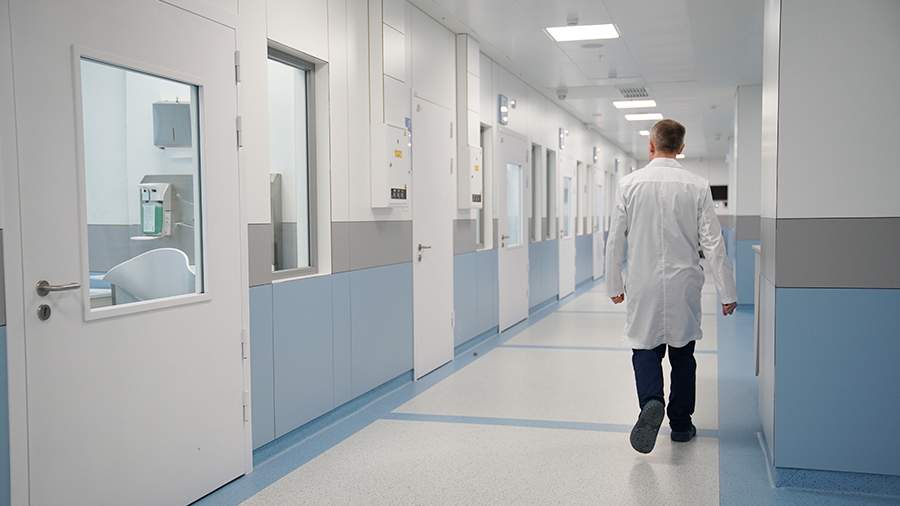Doctors have used a new technology to rule out a dangerous diagnosis in a child.

Doctors of the Russian Children's Clinical Hospital (RDKB) For the first time in their practice, the Russian Ministry of Health has applied a unique technology of intraoperative diagnostics. Minimally invasive imaging technique with fluorescent dye made it possible to exclude a dangerous diagnosis and make the right tactical decision on treatment, the medical institution told Izvestia on May 7.
A two—month-old boy was admitted to the surgical department of the RDCB with symptoms that indicated a serious congenital disease - biliary atresia, in which the child's external bile ducts do not function, and without treatment the patient's condition progressively worsens. This pathology requires surgical intervention at an age when irreversible changes in liver tissue have not yet occurred. The gold standard of surgical treatment of biliary tract atresia in infants is Kasai portoenterostomy, the purpose of the operation is to restore the passage of bile from the liver to the intestine.
As explained by Linara Khabibullina, head of the RDCB surgical department, standard preoperative examinations such as ultrasound, CT, MRI, and laboratory tests are used to confirm the diagnosis of biliary atresia, but in this case their use did not allow for an unambiguous conclusion. The child's symptoms could be caused by another disease from the group of intrahepatic cholestatic disorders, in which the bile ducts are not affected, and Kasai's operation will not bring the desired result.
The surgeons had to differentiate the diagnosis as soon as possible, since the time for the operation was limited by the age of the child. The specialists decided to perform a diagnostic operation and, for the first time, applied the fluorescence visualization technique at the RCB. It consists in injecting the patient with a special dye on the eve of surgery — indocyanine green, which is excreted from the body with bile.
"During minimally invasive surgery, we used endoscopic equipment with a special optical system and a light source in the near-infrared range. During the operation, we clearly saw a bright green glow in both the gallbladder and duodenum. This meant that bile from the liver enters the bladder and then passes unhindered into the intestine through the bile ducts and reliably excluded the diagnosis of biliary atresia," said Dionysius Petrov, head of the Interdisciplinary Center for Reconstructive and Reconstructive Surgery of the Abdominal Cavity, PhD.
According to the medical institution, the use of such a diagnostic method allowed surgeons to make the most important tactical decision regarding the child's treatment plan in a short time. Urgent Kasai surgery was not required — the child continued his examination in the department of gastroenterology, where, based on the results of genetic studies, it was possible to establish a definitive diagnosis of a disease from the group of intrahepatic cholestasis requiring liver transplantation.
According to Dionisii, the introduction of fluorescent visualization technology by surgeons opens up new perspectives in the diagnosis of complex cases in patients with liver and bile duct pathology. Minimally invasive technique helps to avoid injury and long-term recovery from open diagnostic surgery, increases diagnostic accuracy in situations where time and reliability of diagnosis are of critical importance.
Earlier, on April 18, specialists from the ophthalmology department performed a multi—stage treatment for a child with an extremely rare course of severe illness - late reactivation of retinopathy of prematurity. The doctors managed to stabilize the pathological process and preserve the patient's eyesight. This was reported to Izvestia by the press service of the medical institution on April 18.
Переведено сервисом «Яндекс Переводчик»

